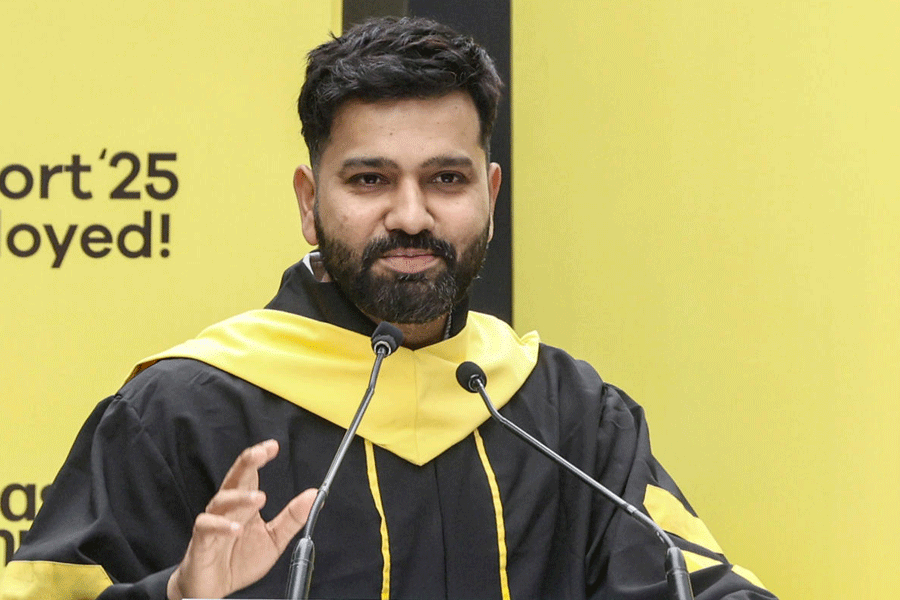The idea of constructing a bridge to link the twin cities of Calcutta and Howrah emerged sometime in the late 17th Century.
After the legislative department of the then Government of Bengal passed the Howrah Bridge Act in 1871, Sir Bradford Leslie?s floating pontoon bridge ? an earlier avatar of the modern Howrah bridge ? was set up in 1874, close on the heels of the establishment of the Calcutta port in 1870.
The location of the initial pontoon bridge was around 100 yards downstream of the present Howrah bridge. The Port Commissioners, appointed in 1871, took over the management of Howrah bridge in February 1875.
In the early 20th Century, the bridge showed signs of duress due to heavy traffic load.
After exploring several options, like a tunnel, a bridge of piers and an arched bridge, a committee instituted by the Commissioners of Port of Calcutta decided on a floating bridge.
Around 1906, tenders were invited from 23 firms for design and construction of the new bridge, with ?3,000 prize money for the winning design. World War I put paid to the efforts.
Subsequently, committees were formed and experts sounded on regarding the proposed construction.
Finally, the design and drawing plan of a ?suspension? bridge, submitted by M/s Rendel, Palmer and Tritton was approved.
The construction of the bridge was awarded to British firm Cleveland Bridge and Engineering Company Ltd on the basis of a global tender invited during 1934-35.
Construction commenced in 1936, under the aegis of the then Commissioners of the Port of Calcutta. This time, the World War II clouds were looming large.
The bridge was completed in 1942 and opened to public in February 1943. The structure consumed 26,500 tonnes of steel and was constructed at a cost of Rs 2.5 crore.
In 1965, Howrah bridge was renamed Rabindra Setu. But till date, Howrah bridge is what it is called, by residents and tourists alike.
Vital statistics
![]() It?s a suspension-type balanced cantilever bridge, with a central span of 1,500 ft between centres of the main towers
It?s a suspension-type balanced cantilever bridge, with a central span of 1,500 ft between centres of the main towers
![]() The anchor arms are 325 ft and the cantilever arms 468 ft long at both ends
The anchor arms are 325 ft and the cantilever arms 468 ft long at both ends
![]() The middle suspended span is 564 ft, main towers are 280 ft high above the monoliths and 76 ft apart at the top, the bridge deck width is 71 ft with two footpaths of 15 ft on either side
The middle suspended span is 564 ft, main towers are 280 ft high above the monoliths and 76 ft apart at the top, the bridge deck width is 71 ft with two footpaths of 15 ft on either side
![]() The bridge comprises built-up riveted sections with a combination of high tensile and mild steel
The bridge comprises built-up riveted sections with a combination of high tensile and mild steel
![]() Between towers, the bridge deck hangs from panel points in the lower chord of the main trusses
Between towers, the bridge deck hangs from panel points in the lower chord of the main trusses
![]() The bridge is supposed to be painted once in five to six years. The last paint job was done in April 2005, for which the bridge was kept shut for specific hours of day and night.
The bridge is supposed to be painted once in five to six years. The last paint job was done in April 2005, for which the bridge was kept shut for specific hours of day and night.










